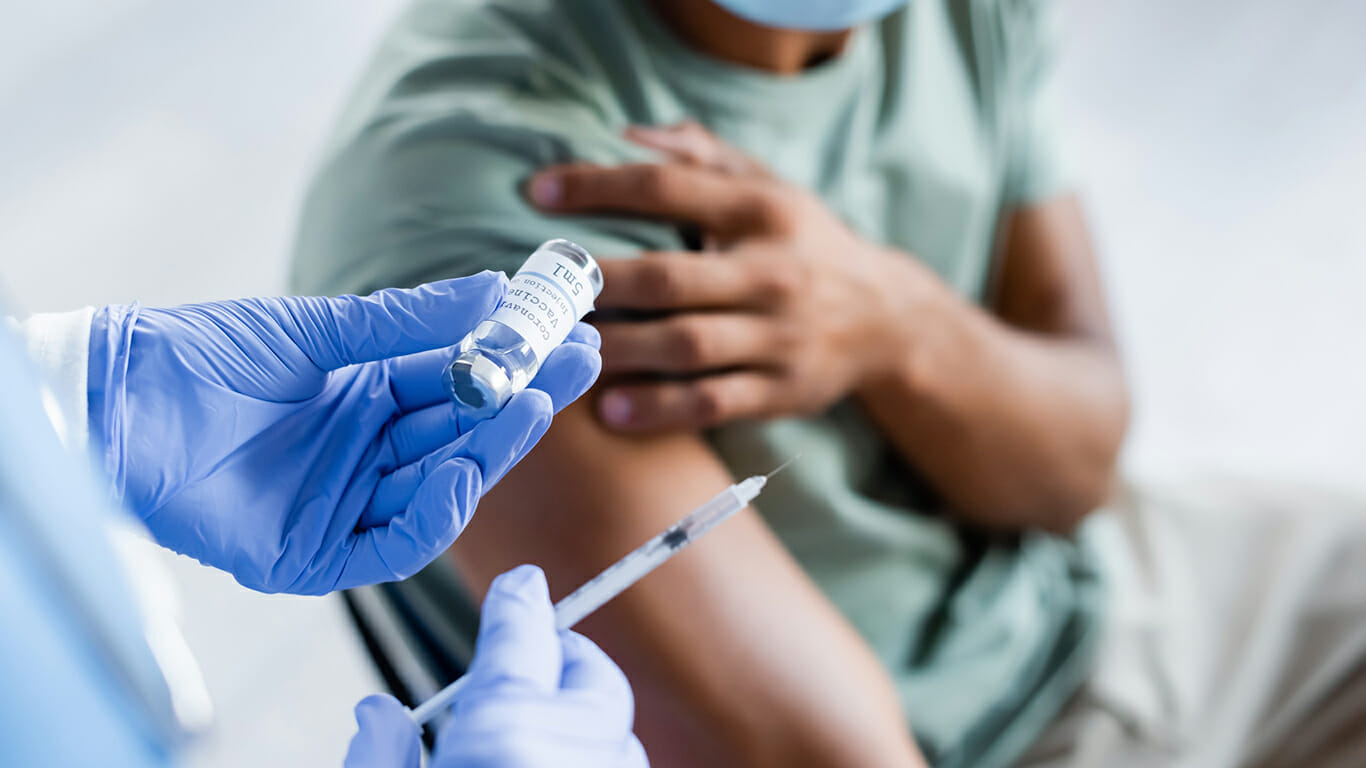Introduction: A New Era in Healing
Chronic pain and slow recovery from injuries are two of the most persistent challenges in modern healthcare. For decades, patients have relied on medications, steroid injections, or invasive surgery options that often bring only temporary relief or significant side effects. In recent years, however, regenerative medicine has introduced new possibilities. Among these, Platelet-Rich Plasma (PRP) injections stand out as a groundbreaking treatment that harnesses the body’s own healing mechanisms.
PRP is no longer considered an experimental option it is increasingly recognized as a safe, effective, and natural alternative for pain relief and recovery.
What Exactly Are PRP Injections?
PRP, or Platelet-Rich Plasma, is derived directly from a patient’s own blood. The process is straightforward: a blood sample is taken, spun in a centrifuge, and separated to isolate platelet-rich plasma. This plasma contains concentrated growth factors, which are powerful proteins that stimulate tissue repair and regeneration.
When injected into an injured area, these growth factors accelerate the body’s natural healing response. PRP is now being used in orthopedics, sports medicine, and dermatology for its ability to enhance recovery and reduce the need for more invasive interventions.
MORE NEWS: Phoenix bucket list: 25 things you must do
INDUSTRY INSIGHTS: Want more news like this? Get our free newsletter here
The Science Behind Regeneration
Platelets are best known for their role in blood clotting, but their healing capabilities extend much further. They release bioactive proteins that trigger cellular repair, improve circulation in damaged tissues, and recruit stem cells to assist in regeneration.
By concentrating these platelets into a therapeutic dose, physicians effectively supercharge the body’s own repair system. Unlike treatments that simply mask pain, PRP injections address the underlying tissue damage, which is why many patients experience not just relief, but true healing. PRP has shown particular effectiveness in treating injuries involving tendons, ligaments, cartilage, and joints.
PRP in Pain Management
Chronic pain is a global health issue, impacting millions of people each year. Osteoarthritis, tendon injuries, and lower back pain are among the most common conditions treated with PRP. Traditional solutions such as corticosteroid injections or long-term pain medications may offer temporary relief but often fail to promote lasting recovery.
This is where PRP makes a difference. It reduces pain while also repairing tissue. By encouraging regeneration at the cellular level, PRP treatments not only ease discomfort but also help slow the progression of degenerative conditions.
Sports and Injury Recovery: Athletes Leading the Way
PRP injections gained visibility in the public eye when professional athletes began crediting them for rapid recoveries. From football players to tennis champions, high-performing athletes have turned to PRP to recover from tendon tears, ligament strains, and joint injuries.
Why the preference? PRP offers a non-surgical solution with minimal downtime. While surgery often requires months of rehabilitation, PRP allows athletes and active individuals alike to resume activity much sooner. Today, sports medicine specialists routinely recommend PRP as a first-line therapy for injuries that once would have meant extended time away from the game.
PRP in Aesthetics and Beyond
Beyond orthopedics and pain management, PRP has expanded into the field of aesthetics. Dermatologists and cosmetic specialists now use PRP to promote hair regrowth in individuals experiencing thinning hair or early hair loss. It has also gained popularity in facial rejuvenation, where it stimulates collagen production to improve skin tone, elasticity, and texture.
This dual role in both medical treatment and cosmetic enhancement demonstrates PRP’s versatility. It bridges the gap between restorative healthcare and wellness, making it one of the most dynamic regenerative therapies available today.
Comparing PRP with Traditional Treatments
When weighing PRP against more conventional approaches, the advantages become clear.
- PRP vs. Surgery: Surgery can be effective but involves risks, long recovery periods, and higher costs. PRP offers a minimally invasive alternative that supports healing without the need for incisions.
- PRP vs. Steroid Injections: Cortisone shots can provide quick relief but often damage tissue over time and cannot be repeated indefinitely. PRP, on the other hand, encourages tissue repair and has minimal side effects.
While not every patient is a candidate, PRP provides an option that lies between temporary relief and major surgery, making it an attractive choice for those seeking sustainable recovery.
What to Expect from a PRP Session
A typical PRP session is relatively simple and can often be completed in under an hour. The process generally involves:
- Drawing a small amount of the patient’s blood.
- Processing the blood in a centrifuge to isolate platelet-rich plasma.
- Injecting the concentrated plasma into the targeted area using image guidance.
Post-treatment, patients may experience mild soreness, but recovery time is usually short. Unlike immediate pain-relief injections, PRP works gradually, with results becoming more noticeable over several weeks as the body repairs itself. In many cases, improvements continue for months after the procedure.
The Future of Regenerative Medicine
PRP is often described as the “gateway” to regenerative medicine. Current studies are investigating how PRP can be enhanced with stem cell therapy or biologic scaffolds to further accelerate healing. Researchers are also exploring its potential in treating more complex conditions, including degenerative spinal disorders and even cardiovascular disease.
The underlying philosophy is simple yet transformative: instead of replacing damaged tissue through surgery, regenerative medicine seeks to stimulate the body to heal itself. PRP embodies this philosophy and continues to pave the way for future innovations in natural recovery.
Conclusion: A Path to Healing from Within
PRP injections represent more than just another medical option they symbolize a paradigm shift in how we approach healing. By tapping into the body’s own resources, PRP offers a treatment that is minimally invasive, safe, and rooted in the science of regeneration.
For patients facing chronic pain, sports injuries, or even cosmetic concerns, PRP injection treatment may provide the bridge between temporary relief and lasting recovery. Regenerative medicine is no longer the medicine of tomorrow it is the standard of today, giving patients real hope for sustainable healing.




